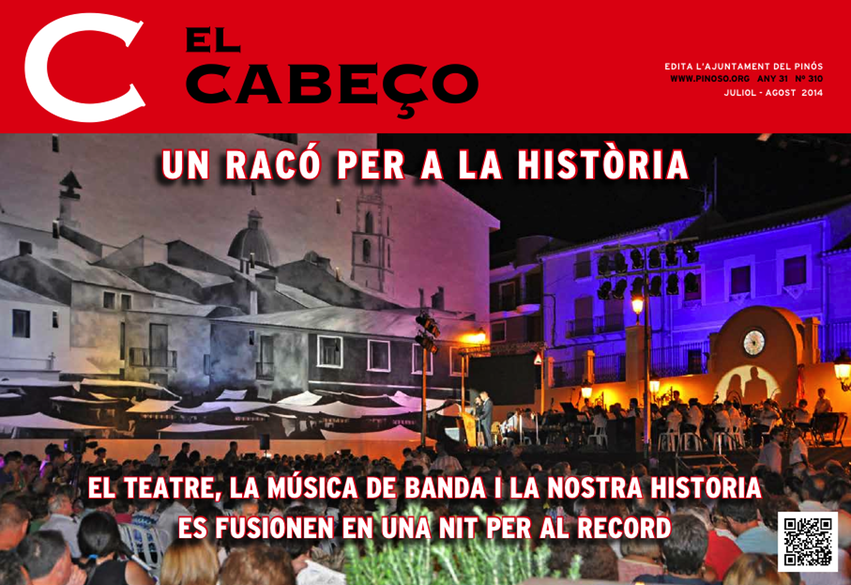How They Brought the Good News from Ghent to Aix

We were in the village hall; we'd finished eating; alcohol was involved. I was still managing to speak relatively coherent Spanish. Someone who works for Pinoso Medios de Comunicación (MCM), was talking to her pal. She was showing him something from a Facebook or Twitter page - sorry, I know, I'll try to say X from now on. I forget why I became involved in the conversation - maybe I was invited, maybe I muscled in drunkenly but, muscle in I did. The Facebook or X thing was mine. I vaguely remembered it. I had been complaining, in a gentle sort of way, that the local media were a mouthpiece for the current administration and responsible for promoting a Trumpton type image for the town - peace, harmony and tranquility. MCM Pinoso has an FM and Internet radio station, an X feed, a Facebook page, a website and it publishes to the town hall website. There used to be a television station in analogue days. Now there is some sort of agreement with a local TV firm to broadcast special ...





